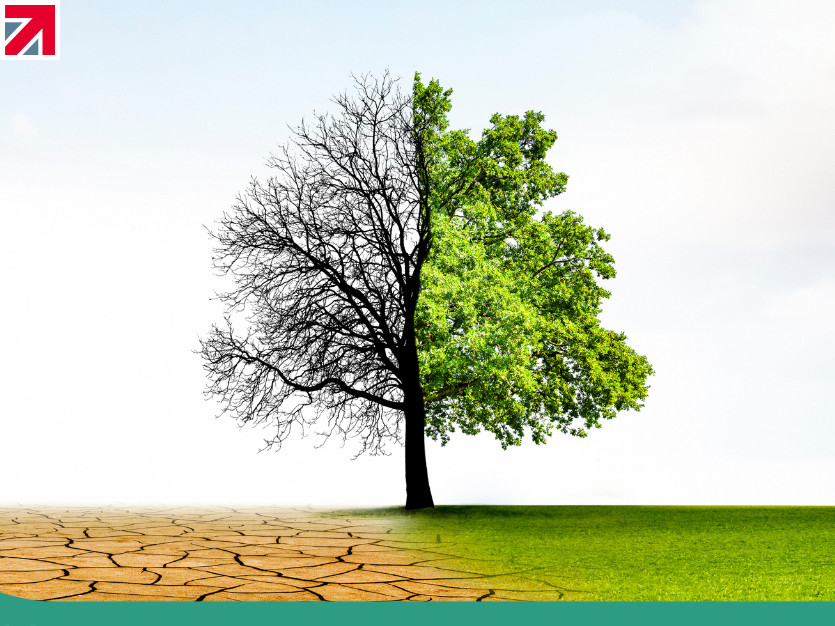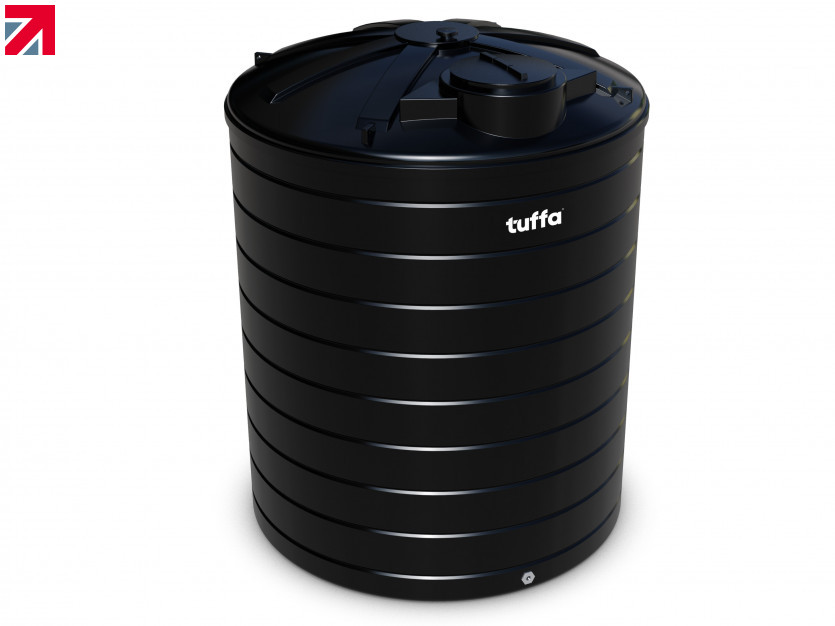Summer is almost here (thankfully), but the big question is always, will it be a nice summer?
It's a subjective question, but based on last year's heatwave, what constitutes "nice"?
The National Drought Group (NDG) warns of a 'worst case scenario' summer ahead. Once again, temperatures are set to reach an all-time high in 2023 summer predictions.
Grab your sandals, slap on some factor 50, and dust off the old Speedos as the UK sheds its winter coat.
2022 saw the UK enveloped in the "heatwave of the century", or at least the driest in the last half century. A slight exaggeration, but either way, it was 'too hot' for us Brits, spending the time sheltering indoors or congregating in the local beer garden (so not all bad!).
Breaking records with a staggering 40.3C, the local pubs were rife with sunburn and Pimms on tap (again, not all bad).
Fast forward to 2023, and we're already seeing Global Warming at work.
The NDG reports the UK experienced the driest February in 30 years. However, March was the wettest England has endured in the last 40 years! Talk about mood swings.
With the bipolar weather kicking off this year, it's safe to say that predictions of drought aren't hard to believe, with a repeat of last year's rising temperatures and water shortages as the global climate change crisis begins to heat up.
Sky News reports that the NDG held a meeting on Monday, 24th April, expressing their concern that the country can't depend on the weather alone to keep the dreaded drought at bay.
Forward-thinking and better planning are the only ways we can help lessen the blow of the dry spell by being more conscious of water preservation and supply. Climate change is on the rise now, more than ever, affecting us all globally. Actions speak louder than words, and action must be taken.
Forest fires are one of many consequences and challenges of increased temperatures.
Wildfires ripped through parts of Europe, and we can all remember the devastating footage of Australia's wildlife fleeing to safety from the flames.
Rising temperatures lead the way to drought, devastating the planet as a collective; from human health to water quality, the world depends on the natural order of things to survive. A homeostasis, if you will.
Agriculture will take the biggest hit. Crops will fail, and livestock will take priority to feed and water, but with a lack of water quality and supply, the consequences are ongoing, unforgivable and largely avoidable.
Which begs the question, how do we prepare for this? Is there a way to preserve the water while we still have an ongoing supply?
Last year saw a ban on hosepipes in an attempt to put a stent in the loss of water supply, not that it made much of a difference as parts of the country are yet to fully recover from the last dry summer.
South West Water has implemented another temporary hosepipe ban in Devon as early as April this year to get a precautionary measure in place, according to Sky News.
Let's go back to basics, gardeners have been doing it for decades, but rainwater harvesting is an easy solution, which can then be stored and distributed as and when needed. Although it has limitations, it's still a simple, cost-effective, easy-to-adopt step for any future dilemma.
Tuffa is supporting South Staffs Water with their SPRING initiative as they prove that actions speak louder than words, creating a grant of up to £15,000 per year for Farmers to help ease the supply and financial burden of maintaining a fully functioning farm.
The grant can be used for various reasons, from CapEx investments and concreting to fencing and drainage to railway sleepers. Another bonus of the initiative is the focus on rainwater harvesting, as it can be spent on solutions and alternatives to preserve water use. Crops may be parched by the drought, but showering them with drinking water seems unresourceful!
A couple of caravan goers have also had some outside-the-box thinking and used Tuffa's effluent tanks for multipurpose use, housing them under their caravan to catch rainwater. Simple, yet effective ( I do need to mention that the tanks were new and unused!).
Met Office data showed 111.3mm of rain fell during March this year, 91% more than the average, an alarming number in the growing state of climate change, but a positive spin is it also shows that rainwater harvesting is viable.
However, the heavy rainfall in March, paired with February being the driest in recent decades, highlights that relying on the weather is not feasible for our water preservation ahead of the projected scorching summer.
At the start of this month, total reservoir capacity across the country was at 94% - which in September 2022 was as low as 49% in the aftermath of the summer droughts. Highlighting the severity of drought on the overall functionality of water supply throughout the UK. Reservoirs at 49% capacity with any additional drain on resources might take 100 years to fully recover.
That's a long time to wait for a glass of water!
Desertification (a process by which vegetation in grasslands or shrublands decreases until it eventually disappears) could be well on the horizon if temperatures continue to soar and droughts persist. Climate change isn't to be mistaken for a mirage.
Drought is detrimental to the delicate infrastructure of maintaining biodiversity on the land as soil organisms contribute massively to the health and wealth of the Earth. Who knew creepy crawlies were so important?
Icebergs don't only exist in blockbuster movies, with a famous boat and a dashing DiCaprio.
The ice caps are melting rapidly, and the Arctic is warming up faster than the rest of the world. The Arctic has been a homeland for thousands of years, but the habitat is declining.
Despite the NDG's worrisome predictions, they have stated that "much of England is in a better position than last year", and preparations now will hopefully reduce the risk of introducing future drought measures.
John Leyland, chair of the NDG and executive director of the Environment Agency, said: "We all owe it to the environment and wildlife to continue to use water carefully to protect our precious rivers, lakes and groundwater."
Tuffa understands the importance of being more innovative, aware and prepared when it comes to water use. Our rainwater harvesting tanks are available in capacities of 1,350 to 20,000 litres.
As droughts persist, there's one option we can all turn to.
Rainwater Harvesting.
---
Lauren Breslin is the author of this article. Lauren is a successful results manager reporting directly to the commercial management.
Find out more about Tuffa Tanks on their member profile page here
Member-created content 2 years ago | From members

